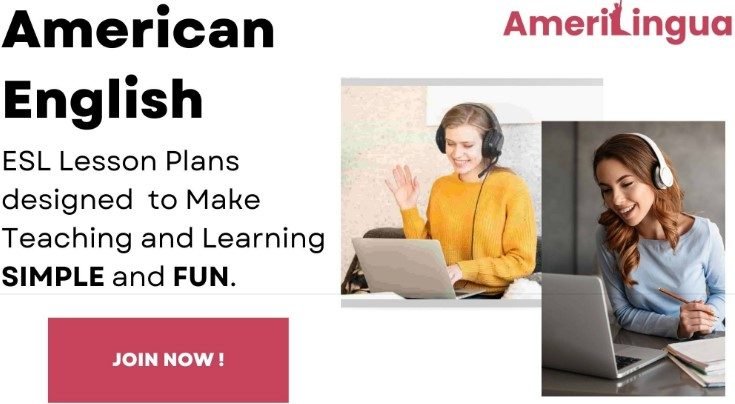Planning lessons for English as a Second Language (ESL) learners is more than just organizing vocabulary lists and grammar exercises. For both new and experienced teachers, effective lesson planning can be the difference between a classroom that runs smoothly and one filled with confusion. Whether you’re working with young learners or adult students, the quality of your lesson plans plays a significant role in how well your students learn—and how confident they feel using English in real-life situations.
In this article, we’ll explore why structured ESL lesson planning is so important, what key elements should be included, and how you can make your classes more engaging and impactful without overcomplicating your prep time.
The Real Purpose Behind ESL Lesson Plans
At its core, a lesson plan serves as a guide—a structured outline that helps the teacher stay on track and ensures students have a clear path to follow. But for ESL students, who may already feel intimidated by learning a new language, a strong lesson plan is more than a classroom tool. It offers consistency, predictability, and a safe space to learn and make mistakes.
A well-designed ESL lesson also helps manage time more efficiently. It breaks complex topics into manageable chunks and ensures there’s a logical flow from introduction to practice to review. Without a plan, it’s easy to veer off course, which often leads to student disengagement or missed learning opportunities.
Key Elements of an Effective ESL Lesson
While every class is different, strong ESL lesson plans usually include the following components:
1. Learning Objectives
Clear goals set the tone for the entire lesson. What should students be able to do by the end of the class? Whether it’s mastering the use of past tense verbs or practicing how to order food at a restaurant, defined outcomes help students track their progress.
2. Warm-Up
A short, simple activity to ease students into English mode. This might be a question of the day, a vocabulary review. The goal is to get students thinking and speaking in English right away.
3. Introduction of New Material
This could involve presenting new vocabulary, grammar rules, or a reading passage. Make sure this section includes plenty of context—introducing new material in isolation can be overwhelming for learners.
4. Guided and Independent Practice
Provide exercises where students apply the new material in controlled settings (guided), followed by more open-ended activities (independent) that encourage creativity and spontaneous use of the language.
5. Review and Feedback
Wrap up the lesson by reviewing key points and answering student questions. This is a good moment to check for understanding and correct any common errors.
Where to Find Reliable ESL Lesson Plan Resources
Creating a new plan from scratch for every class isn’t always practical, especially for teachers handling multiple groups or levels. Fortunately, there are quality resources online that offer ready-to-use lesson plans designed by professionals. One such resource that I’ve found incredibly helpful is this library of ESL lesson plans. These plans are organized by topic and skill level, making it easy to find exactly what you need for any type of classroom.
Tips to Make Your ESL Classes More Engaging
Here are some simple ways to add more life to your ESL classes without compromising structure:
-
Use visuals and real-life materials like menus, signs, or short video clips to bring lessons to life.
-
Encourage student interaction through pair work, role-playing, or group discussions.
-
Be flexible. Sometimes lessons don’t go as planned—and that’s okay. Use student reactions as your guide and adjust as needed.
-
Incorporate student interests. If your class enjoys music or current events, find ways to include those topics in your lessons.
Final Thoughts
Good ESL lesson planning doesn’t have to be complicated, but it does need to be thoughtful. Clear objectives, engaging activities, and consistent structure help students feel more confident in their learning. More importantly, lesson plans that prioritize communication and practical application over rote memorization tend to have the most lasting impact.
Whether you’re designing your own or adapting from trusted sources, strong ESL lessons start with strong planning. And when done right, they not only improve language outcomes—they create a classroom environment where students feel supported, capable, and motivated to learn.

